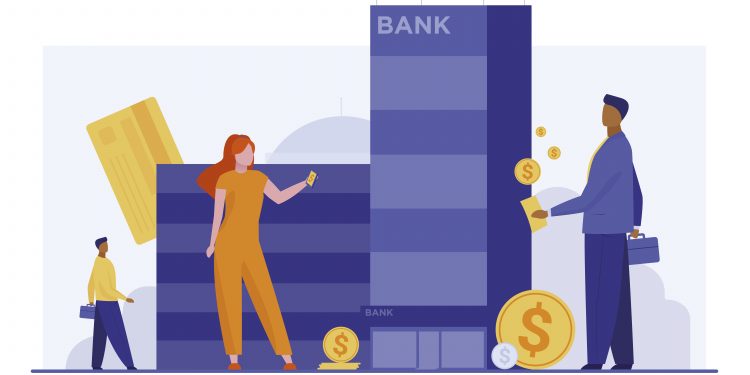1Q2021 bank reporting is starting to cycle through, and if you listen to Jaime Dimon, Chase’s most prominent leader since David Rockefeller, you will find solace in his view of the U.S. economy. As Reuters reported on Chase’s outstanding 1Q21 results:
- The biggest U.S. bank sailed past Wall Street expectations by reporting a nearly 400% increase in quarterly profit. The gains came from JPMorgan releasing more than $5 billion it had set aside to cover potential coronavirus loan losses that have not materialized, as well as a continued boom in capital-markets activity.
The highly quotable CEO noted:
- JPMorgan Chief Executive Jamie Dimon described the dynamic as a good one, with individuals and businesses ready to start spending and investing again – even if that means banks experience a temporary pause in loan demand.
- “The consumer has so much money to pay down their credit card loan, which is good,” he said on a call with journalists, noting that consumers have $2 trillion more in their checking accounts than they did pre-pandemic. “Their balance sheet is in excellent, outstanding shape. Coiled, ready to go, and they are starting to spend money. That’s not the same as loan demand when the economy is weak.”
But credit cards, which were expected to blow up with double-digit loss rates, as seen during the Great Recession, look better than ever from a credit loss perspective.
- The bank’s Consumer & Community Banking unit reported a 6% decline in revenue. Its credit card statistics showed individual spending above pre-pandemic levels, but overall credit card balances were down.
Mercator Advisory Group believes that many of the stopgaps driven by the Federal Reserve and Jerry Powell helped bring stability to credit markets, but even more important was the Great Recession mandate from Dodd-Frank to change credit card loss accounting, known as as Current Expected Credit Loss (CECL). (for a deep dive on the intricacies of CECL, see this Mercator Viewpoint)
What CECL did was to require credit card companies to accelerate their loan loss reserves. Under prior standards, in a policy known as Allowance for Loan and Lease Losses, financial institutions had to reserve credit losses against the portfolio’s overall performance. With CECL, bankers lost the ability to mute potential risk by driving the analysis down to the
account level. Simply put, in the old days, you could reserve against losses based on the known performance of a batch of accounts. For example, if the trend was that losses were 3.8%, you could keep reserving at that rate and adjust the risk later. CECL required something different; instead of reserving against the batch, you needed to drive the metric down to the account level. Also, the bank needed to reserve against open credit lines.
The open credit line issue was an additional challenge for issuers. Right now, open credit lines in the U.S. are nearly $4 trillion, and there is just shy of $1 trillion in outstanding use.
So, as Jaime says, keep the ship steady. Things will get better. With 1Q results, we expect to see many bank card issuers level-setting their loss reserves. Losses are running about 100 basis points better than last year.
Wells Fargo’s results show similar improvements. The CEO, Charles Scharf, has been on board since late 2019; we recognized Scharf as the right person at the right time to rebuild Wells after its bout with management practices. Charlie is righting the ship at Wells, who just reported strong results, also benefiting from the CECL recapture.
- Wells Fargo beat expectations for its first-quarter earnings and revenue on Wednesday, and the bank’s management expressed optimism about lending growth later in the year, sending its stock higher.
- Wells Fargo’s results were helped by a net benefit of $1.05 billion from reserve releases. Banks bulked up their credit loss reserves last year as the pandemic pulled the U.S. economy into a sharp recession. Still, the financial firms have started to release those reserves as the recovery takes shape.
- CEO Charlie Scharf said in the earnings release. “Charge-offs are at historic lows, and we are making changes to improve our operations and efficiency, but low-interest rates and tepid loan demand continued to be a headwind for us in the quarter.”
There is much to break down in the results, but take these topics as food for thought. Consumers are getting back to normal, and cards will help them do it. And, for financial institution stability, thank heavens for CECL.
Overview Provided by Brian Riley, Director, Credit Advisory Service at Mercator Advisory Group










